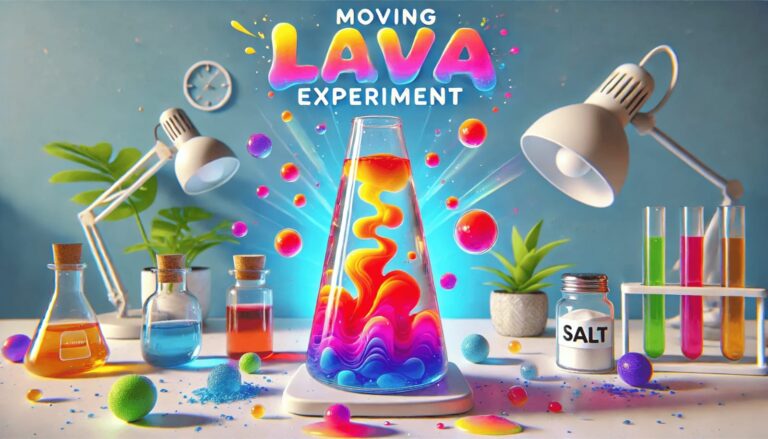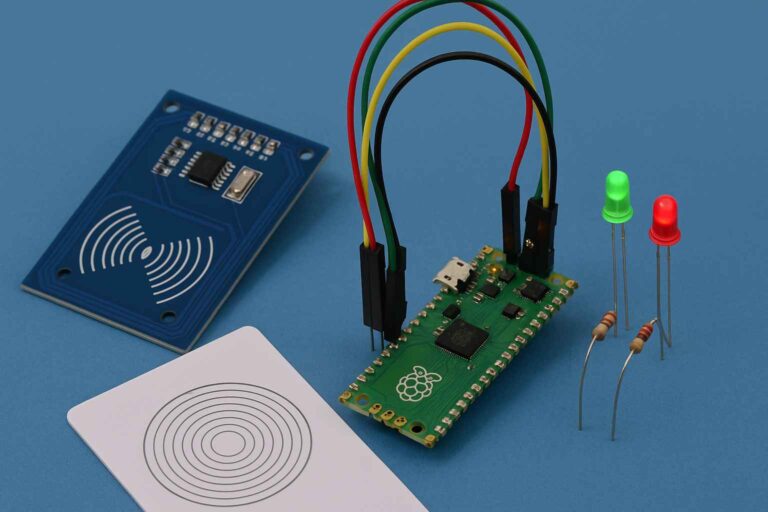Quicksand Science Experiment: Learn How Quicksand Works with a Fun DIY Project
Have you ever wondered if something can be both a solid and a liquid at the same time? Surprisingly, it can—when that something is quicksand! Quicksand might seem like solid ground, but it acts more like a liquid, which is why if you try to walk on it, you won’t just sink—you might find yourself stuck. In this Quicksand Science Experiment project, we’ll dive into the science of quicksand to see how it really works. Plus, you’ll learn how to create your own version of quicksand at home using just two ingredients and a few common household items. By the end, you’ll discover how quicksand can be both solid and liquid at the same time and why it behaves the way it does!
What is Quicksand?
Quicksand is a type of colloid, a mixture where fine particles are suspended in a liquid, creating a substance that can behave as both a solid and a liquid under different conditions. Unlike the lethal pits often portrayed in movies, quicksand is not usually life-threatening. The real danger comes from the difficulty in escaping once you are trapped, especially if you panic and struggle, which can cause you to sink deeper.
The Science Behind Quicksand
To understand why quicksand behaves the way it does, we need to explore a special kind of substance called a non-Newtonian fluid. Most liquids, like water, have a consistent flow regardless of the force applied to them. However, non-Newtonian fluids, such as quicksand, change their behavior under stress. Quicksand is an example of a thixotropic fluid—a type of non-Newtonian fluid that becomes more solid under pressure.
Quicksand Science Experiment: Creating Your Own Quicksand
Now, let’s get hands-on and create our own quicksand at home. This simple quicksand sand experiment will help you understand how quicksand works and how it can be both a solid and a liquid.
Materials Needed:
- 1/4 cup (65 ml) of cornstarch
- 1/4 cup of tap water
- Clear plastic cup
- Measuring cups
- Spoon
- Optional: Playground sand, food coloring
Procedure:
- Start by placing 1/4 cup of cornstarch into a clear plastic cup.
- Slowly add 1/4 cup of tap water to the cornstarch, stirring the mixture with a spoon. Make sure to add the water gradually to maintain a thick consistency.
- If you’d like to add some texture and color, mix in a small amount of playground sand and a few drops of food coloring.
- Once your mixture is ready, pour a small amount into the palm of your hand and observe how it behaves.
- Experiment by placing a toy on the surface of the mixture. Notice how quickly or slowly it sinks.
- Try punching the mixture with your fist. Does it splash like a liquid or solidify like a solid?
- If you’ve made a large enough batch, you can even try standing on it. See how the mixture reacts to the weight of your body.
Observations and Exploration:
When you play around with the mixture, you’ll notice that it behaves differently depending on how you interact with it. If you move your hands slowly through it, the mixture feels soft and fluid. However, if you try to move quickly or apply sudden pressure, the mixture becomes hard and solid. This is because the particles in the mixture are pushed together when pressure is applied, causing it to behave like a solid.
Optional Exploration: What Happens Overnight?
For an extended experiment, leave your homemade quicksand overnight and observe any changes. Is the mixture thinner or thicker than it was the day before? Try placing toys on the surface again. Do they sink faster or slower? These observations can help you understand how quicksand might change over time in nature.
Important Cleanup Instructions:
When you’re finished with your experiment, it’s important to clean up properly. Do NOT pour the mixture down the drain, as it can clog your pipes. Instead, let the mixture sit until the water separates, then carefully pour off the excess water and dispose of the cornstarch mixture in the trash.
Conclusion
Through this project, you’ve learned that quicksand isn’t as dangerous as movies make it seem, but it’s still a fascinating natural phenomenon. By creating your own quicksand, you’ve seen firsthand how a substance can act as both a solid and a liquid, depending on the amount of pressure applied. This experiment not only helps you understand the science of quicksand but also gives you a fun and interactive way to explore the properties of non-Newtonian fluids.





